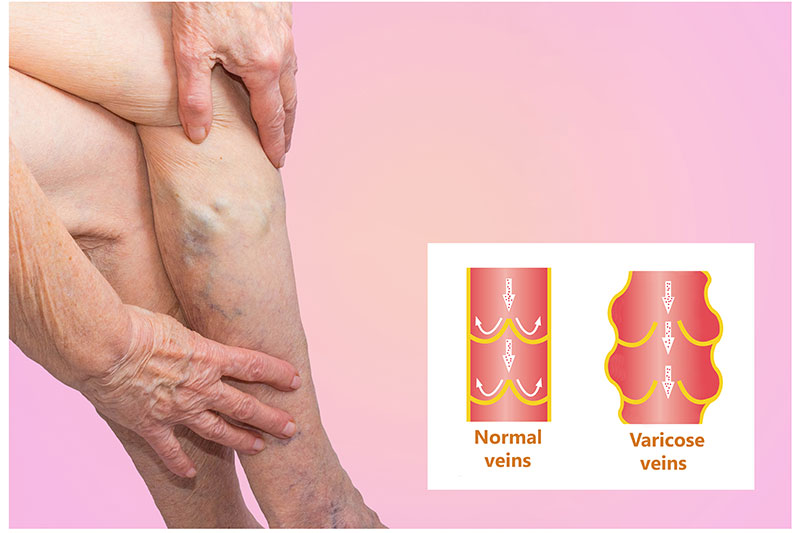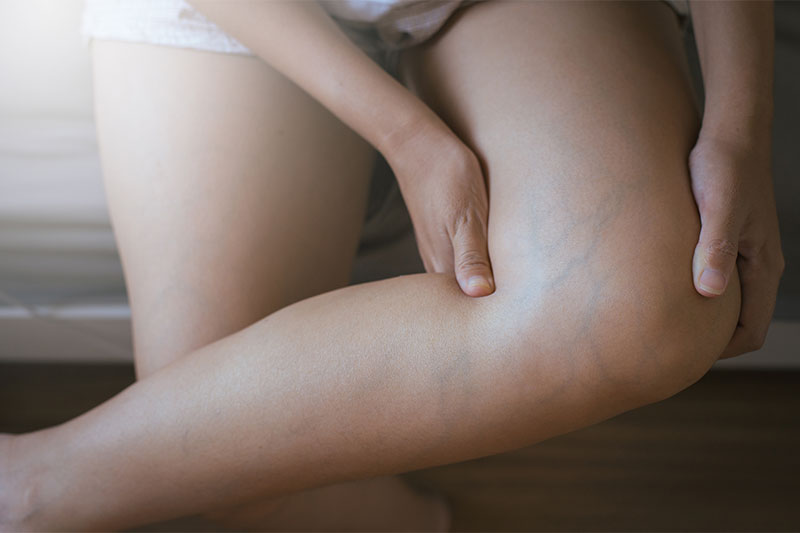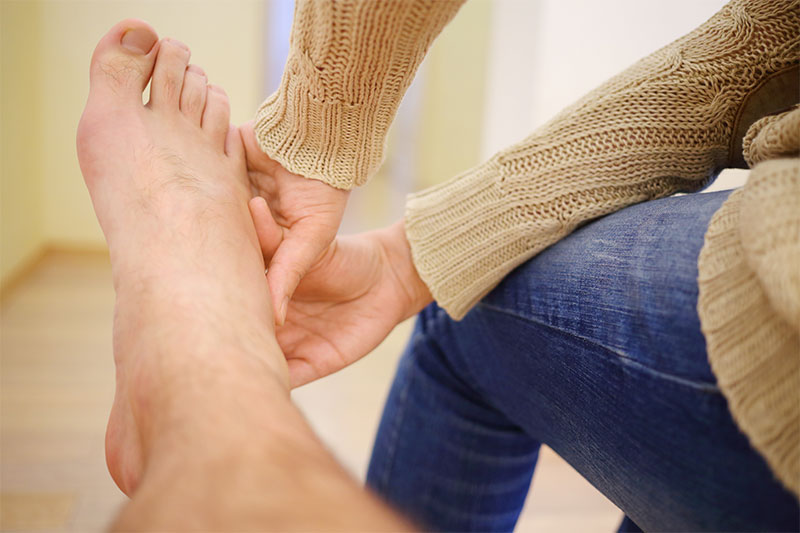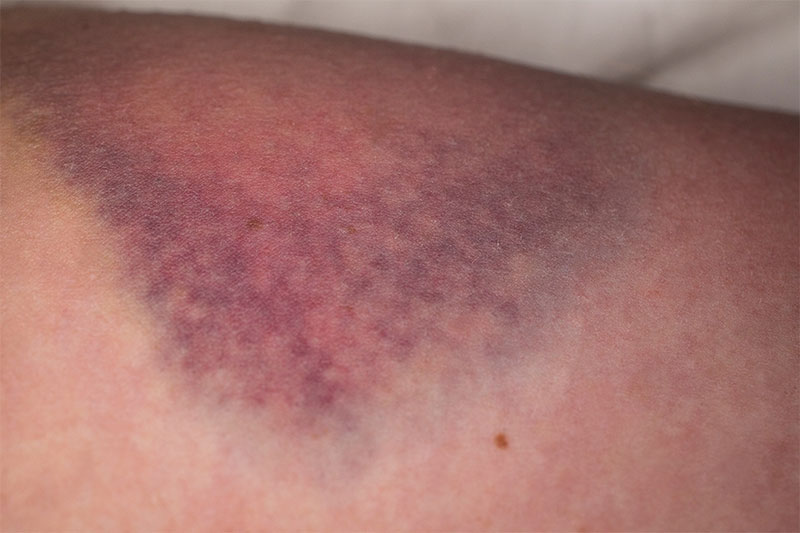If you are unsure of what a deep vein thrombosis happens to be which is also known as DVT, then those are serious blood clots that can easily cut off the oxygen supply and can be dangerous on other levels. This can increase your chances of ending up with a pulmonary embolism which will cause permanent lung damage.

Blood clots that are not caught early will worsen over time and you will be at risk for ending up with serious complications and may even succumb to it. Blood clots can happen anywhere, but it often happens in your leg which you can easily dismiss even if you are experiencing symptoms. You want to know what symptoms to look for so you can catch it early so it is removed quickly. What are the five symptoms to look for when it comes to DVT in the leg?
Pain In The Leg

You may dismiss leg pain and may think that you had pulled a muscle. However, what you need to do is trace your steps at a time when you think you did pull a muscle. If you can recall you straining your leg, then chances are that is all it is. However, if you did not pull a muscle, and the pain you are experiencing starts in your calf, then you could potentially be dealing with DVT. Therefore, do not ignore that possibility.
Swelling Of The Leg

Along with pain, you will notice that there is swelling in your leg which can be a warning sign of DVT. If you think you are retaining water for whatever reason then what you need to do is drink plenty of water to flush your system and to keep your salt intake at a minimum. If your leg is still swollen and in pain, then this is not water retention. It could be a blood clot. And the swelling also starts at the calf.
Muscle Cramps

Muscle cramps happen and they are far from pleasant such as a charley horse which can be experienced every now and then. And if you think that you could potentially have low potassium because of the cramps, then you can try eating a banana a day to see if that makes a difference. However, unfortunately, if the cramps are not getting better in time even after consuming more potassium, then you could have a DVT in your leg. Cramping is a symptom of it.
You Skin On Your Leg Is Warm To The Touch
The DVT will block the flow of blood and when the blood is not circulating properly and pools in one area, it will fill up the outer veins. Whenever that happens, the blood will cause your skin to feel warm to the touch. Therefore, if the rest of your leg does not feel warm to the touch but the area of where the clot happens to be located does, then that is likely a DVT. However, sometimes the entire leg is warm due to the DVT as the heat can radiate from the clot. The calf usually would be warmer but the whole leg can also be warm. And you would most definitely notice the temperature difference between the affected leg and the other leg.
Discoloration

You can notice discoloration if you have a DVT on your leg. There might be redness on your leg or you could end up seeing a bluish area of your skin. The bluish appearance would be due to the blood pooling at the outer vein because of the blood not being able to circulate properly. The discoloration will continue to happen over time as it will not resolve on its own. Sometimes swelling will accommodate the discoloration since that is one of the marked symptoms which was already described.
If you are experiencing any of the symptoms that point to a DVT, then you must go to your nearest emergency room so you can have a proper examination. If you do in fact have a DVT, then you will either go on blood thinners or if it is quite serious then you will take clot busters. Clot busters are medications given through IV that will disintegrate the clot but they can cause major bleeding. This is a last-resort treatment.
They may also prescribe you a filter if you are unable to take drugs that would be inserted in your large vein to remove and prevent clots. And you would be told to wear compression stockings that keep swelling at bay from the clots. Small clots are nothing to be concerned about, but larger ones are serious and need immediate treatment.



